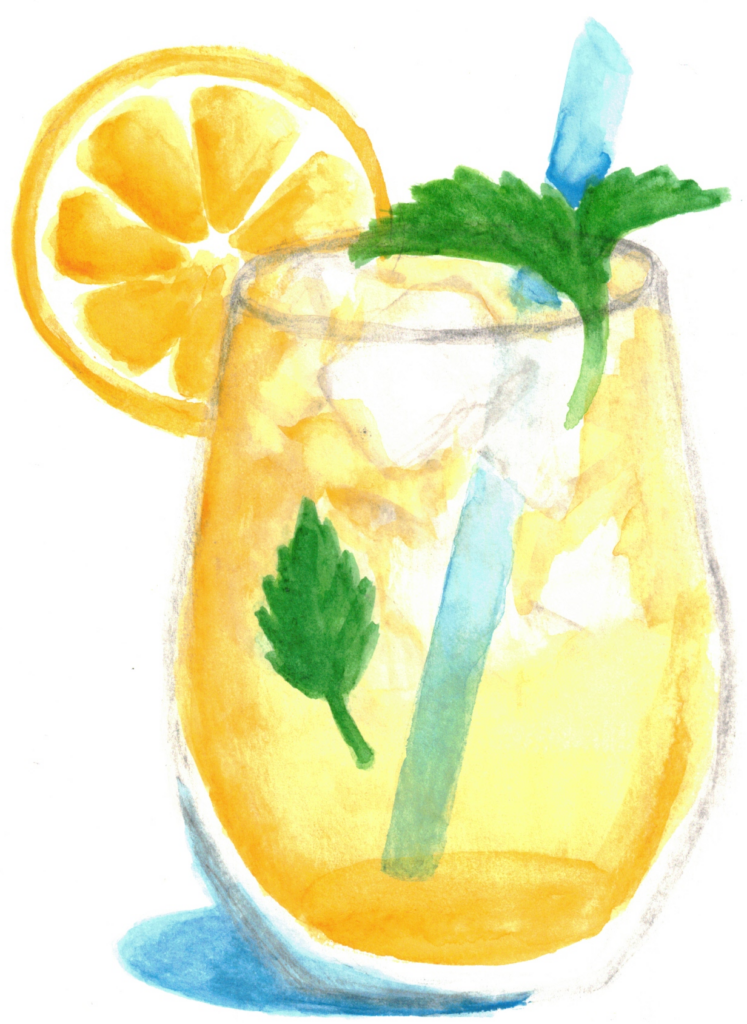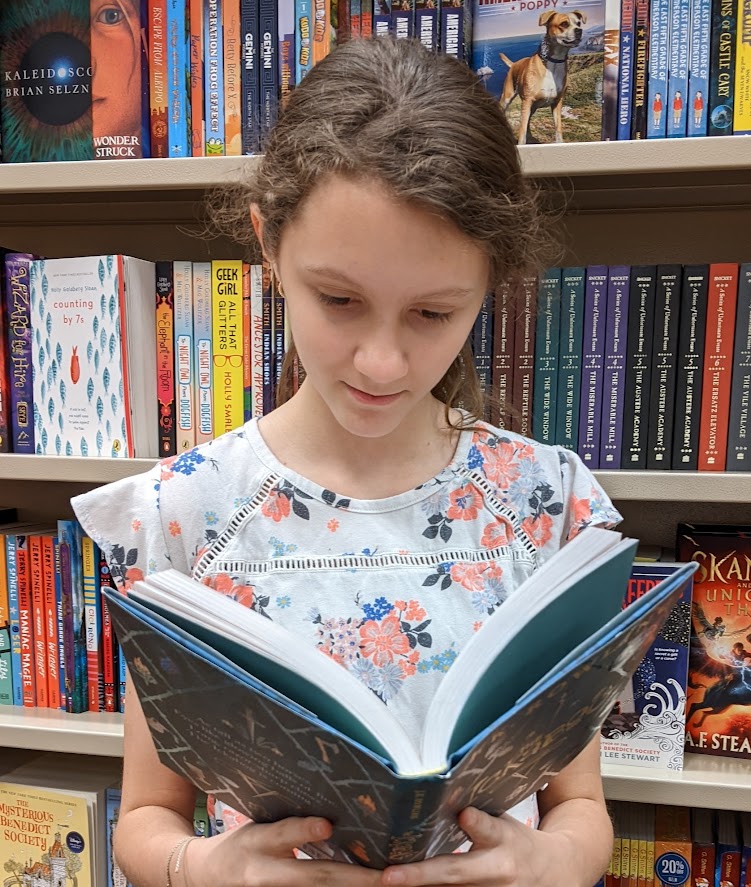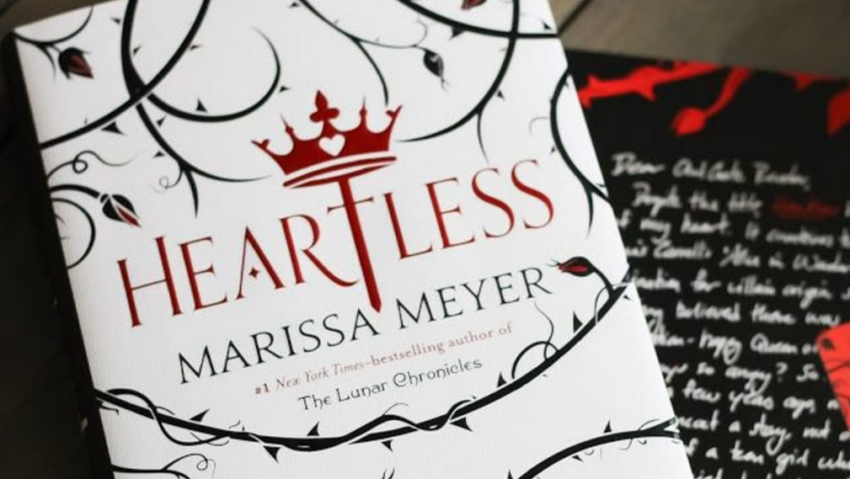A while ago, I wrote an article on positive anti-heroes that explored how some characters can start out in a morally gray area, but eventually transition to becoming a force for good. However, I also mentioned in that article that there’s another kind of anti-hero: the negative kind. Rather than taking a turn for the better, these anti-heroes slowly become corrupted and take a certain technique to get right.
If written one way, it will look like some of your anti-hero’s actions are being excused. If framed in a different light, however, you could remove the relatable element from your anti-heroes altogether, creating a character that is hated from the beginning. But what if you want your negative anti-hero to start out as a loveable character who makes some off-color decisions and ends as someone despised by all? How do you do this? How do you balance between these two elements?
Heartless
Heartless by Marissa Meyer is an excellent example of the answer to these questions. It’s the backstory for the cruel dictator from Alice in Wonderland, the Queen of Hearts. The violent monarch starts out as an innocent girl named Cath who has a dream to start a bakery of her own in the Kingdom of Hearts. Because of her cruel upbringing, she craves the feeling of being loved more than anything else, and though the ridiculous King of Hearts seeks Cath’s hand in marriage, she doesn’t share his feelings of affection. She knows she would be loved so much more if she could just get her bakery idea off of the ground.
However, everything changes when she meets a mysterious man at a masquerade ball. Soon enough, she’s in an entrancing romance with a noble Rook from the land of Chess, and she’s receiving all the love she’s ever wanted. She enters a baking competition that could give her a bakery too; now all she has to do is avoid the king and steal an abandoned pumpkin to create a phenomenal pumpkin spice cake. One that will (with any luck) blow the judges away.
When the day of the contest arrives, things go horribly wrong. After eating Cath’s cake, one of the judges turns into a Mock Turtle. Cath suddenly realizes why that pumpkin had been abandoned: it was cursed. And to make matters worse, her true love is falsely accused and banished from the Kingdom of Hearts soon after. Heartbroken and desperate to reclaim that feeling of being loved, Cath accepts the king’s proposal and decides to become the Queen of Hearts.
Even though Cath still doesn’t officialy become Queen until the end of the book, this moment was one of the those moments I mentioned in my villain protagonist article: the tipping point where Cath turns to the dark side.
Use An Unchecked Desire
Cath started out as a starry-eyed girl who refused to marry the goofy King of Hearts, yet her decision in the end makes sense to the reader because the author included something crucial to her character: a wayward desire.
Typical characters learn how to overcome their main flaw throughout the story, but with a negative anti-hero, or really even a villain protagonist, they succumb to their flaw instead. Unlike a complete negative character arc though, your anti-hero must start out already struggling with that flaw, and show that struggle through some morally questionable decisions.
Cath, though she seems like a happy girl, suffers from a painfully unfulfilled desire to be loved. Since her father isn’t close with her and her mother insults her all time, Cath wants to open her own bakery, hoping that her skills will finally make her feel loved. This desire motivates Cath throughout the whole story, but it’s prone to driving her in the wrong direction. Cath wants to be loved so badly she’s willing to steal, regardless of the consequences. She wants to be loved so badly that she’s willing to secretly date a potentially dangerous man from Chess. And ultimately, she wants to be loved so badly that she’s even willing to become the Queen of Hearts. Her loveable personality was kept up during most of the novel, but when she failed to control her desire, it worked its way through her system like slow-moving poison, coming out only in small glimpses, until she got to her tipping point and suddenly her former self was dead.
Like normal characters, your anti-hero will be loveable and relatable if given a goal, desire, fear, and flaw. However, you must also show little ways that your anti-hero’s desire tends to lead your character astray. Have them make questionable decisions, have them be a little selfish at times, because eventually, all of those little things will grow to a big thing: the ultimate decision to become a villain. Have their fatal flaw ultimately grow to destroy everything loveable about them. Give your anti-heroes an unchecked desire. And they’ll shake out to be one terrifying villain.



Let us know in the comments:
What are your favorite anti-heroes in fiction? How did they master creating a loveable character to start out with? Did they have a negative arc, or a positive one?


Hello, I’m Sophia! I’m a child of God and I (if you couldn’t tell already) love to write! I’m also a total theater kid and strong dessert (specifically cupcake) enthusiast. For as long as I can remember, I’ve enjoyed both reading and making my own stories. I’m so glad I get to share with you what I’ve learned from some of my favorite (or sometimes least favorite) stories on this blog.

